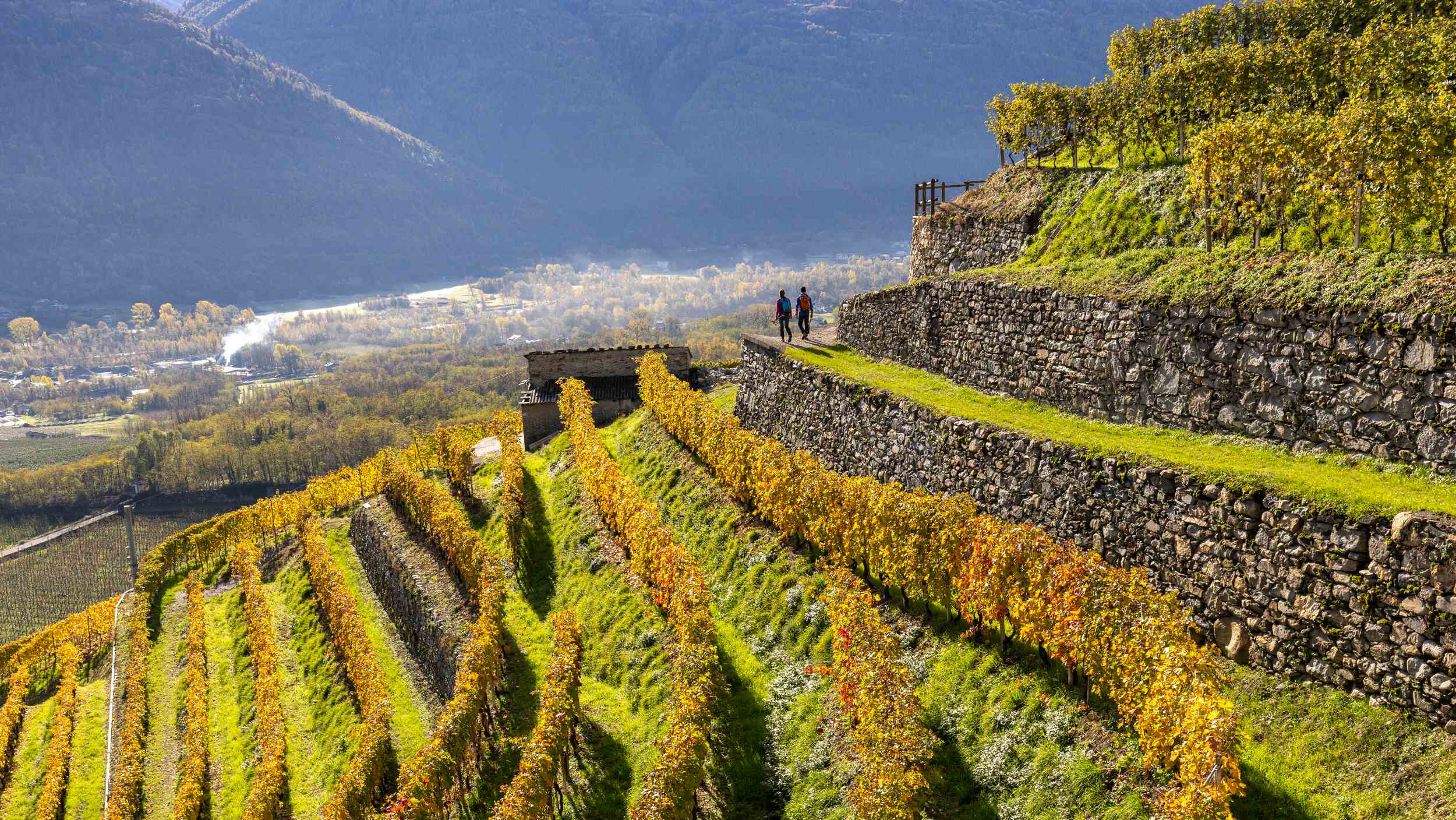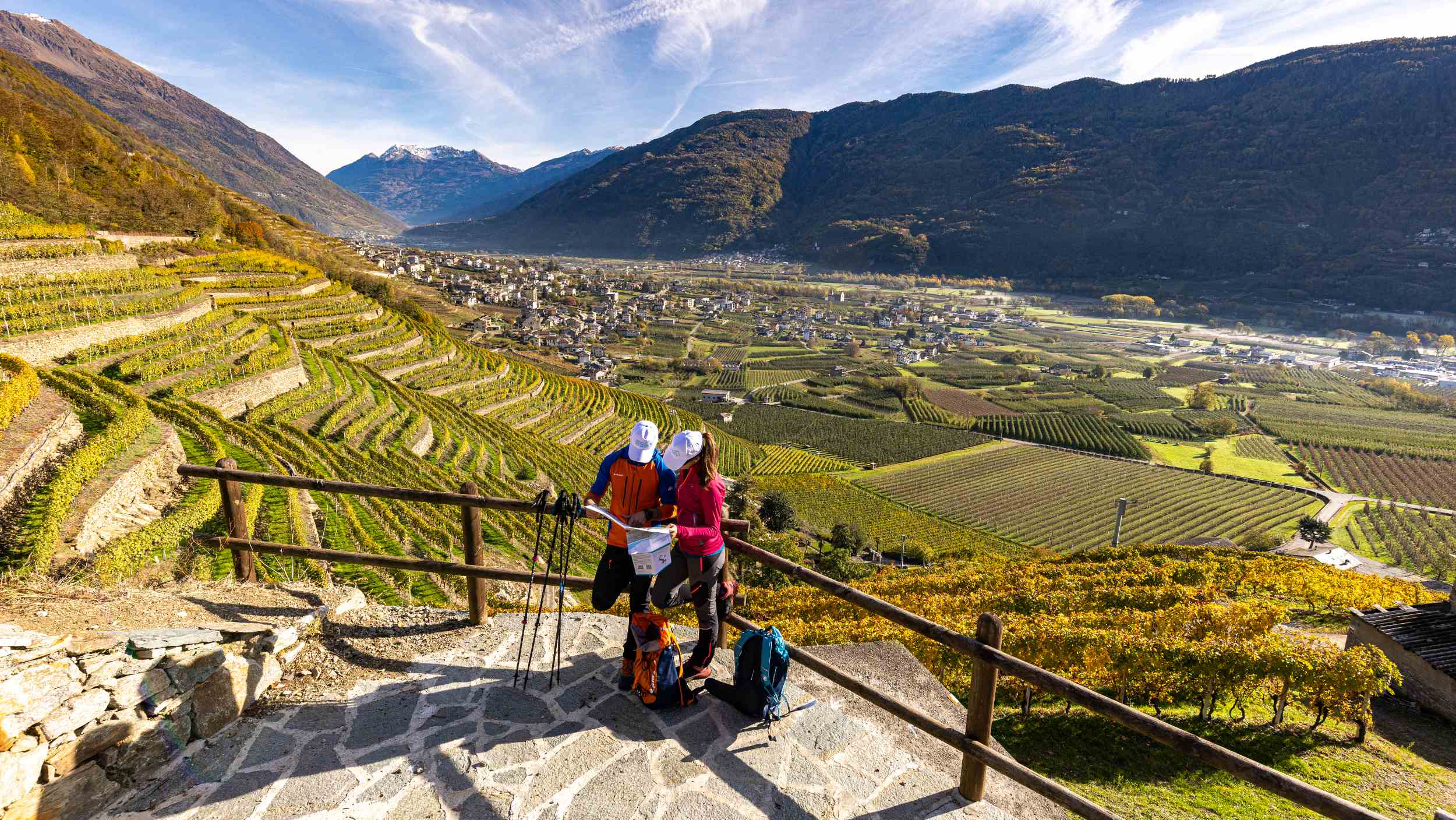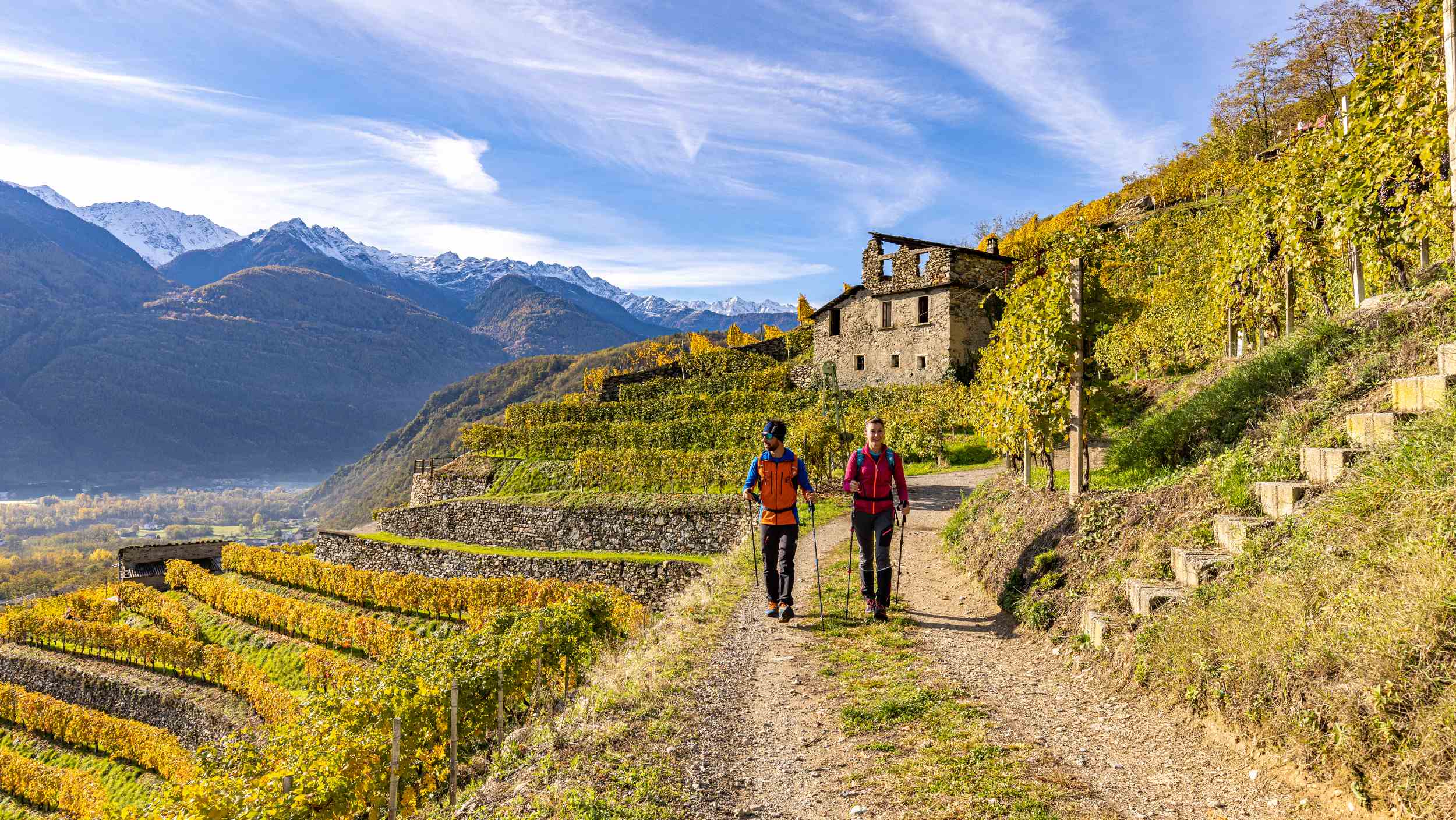Via al Forte - 23030 Oga in Valdisotto (SO)
The traditions of Lombardy feature many Marian apparitions.
Particularly famous is one in the town of Caravaggio, where the Virgin appeared on May 26, 1432 to a peasant girl named Giannetta. After the vision, a new spring appeared, its water apparently endowed with the miraculous ability to cure numerous ailments and to have brought forth blossoms from a dead branch. The iconography of this apparition includes Mary and Giannetta with the spring, the flowering branch, and the temple built on the spot. The cult quickly spread from the Bergamo area throughout Lombardy, including Valtellina.
This specific devotion witnessed a resurgence in the Bormio area in the early 18th century: in 1712 the parishioners of Valfurva took a vow to Our Lady of Caravaggio and instituted a festival that is still celebrated today. Chapels built in Oga and Livigno in the following years were immediately papered with votive offerings.
The initiator of the Oga chapel was Giovannino Guana, in thanks for escaping unscathed from an attack by weasels. He had a small chapel built with a simple gate and a wooden altar bearing a painting of the apparition. That chapel no longer exists; in 1718 it was ceded to the local community, who opted for a larger structure. The current chapel was built between 1726 and 1742 based on designs by Antonio Perini from Val d’Intelvi.
The “Madonnina di Oga” stands out amid the pastures at mid-slope, regaling those who reach its grassy parvis with a splendid view of the Bormio basin and the surrounding peaks.
The church has a central floor plan, with small choir lofts inserted above openings in the oblique walls. The altars are made of wood painted to imitate marble.
The main chapel features a wooden statuary group of the Apparition of the Our Lady of Caravaggio that used to be carried in procession by the people of Oga on a specially made platform.
Walking through the streets of Oga, you will also find the scene of the apparition frescoed on an old house near a beautiful stone fountain. From there, the Cammino Mariano takes you into the wilds of Val
Cadolena before descending toward Cepina, passing among the mountain huts of Calòsc.











